Table etiquette: examining cutlery

Manners of behavior in society indicate a person's upbringing and knowledge of the basic rules of etiquette. First of all, this concerns visits to cafes and restaurants, where it is necessary to behave correctly at the table. Etiquette at the table is not only about how to hold appliances, eat or drink, it is also important to be able to competently maintain a conversation and be neat in everything.
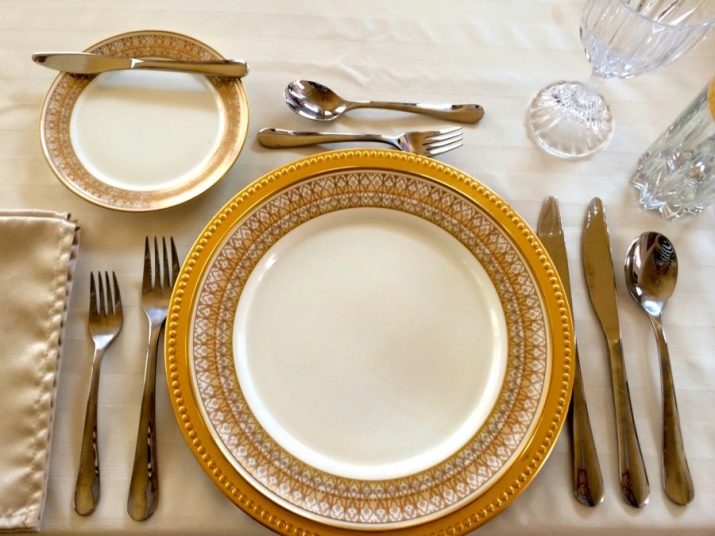
Peculiarities
Table etiquette represents certain knowledge that shapes the behavior of people in society. Any mistake made at the table will be immediately noticed and will create an unpleasant impression about the person, therefore, before visiting guests, a cafe or restaurant, you need to check your manners, and if there are "gaps" in them, immediately fix everything. This will help in the future to avoid embarrassing situations and give self-confidence.

Table etiquette consists of a few simple rules.
- You can not sit too far from the table or too tightly pressed against its edge. Only brushes can be placed on the table.
- The landing should be level, leaning over the food is ugly.
- It is considered bad form to reach for food. If the plates are located far away, then you need to ask other participants in the meal to pass them.
- Use napkins during meals. To do this, adults put them on their laps, and for small children, napkins are tucked into the collar.
- All dishes should be placed on plates with cutlery. Exceptions to this rule are fruits, sugar, cookies or cakes.
- It is important to remember that the instruments on the left are designed to be held with the left hand, and those on the right are for the right hand.

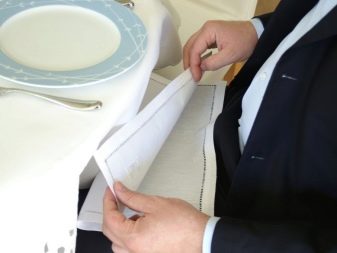
Besides, you can't talk loudly at the table. When maintaining a conversation, first of all, you need to listen to the interlocutor without interrupting him, and only then give an answer. The implementation of these recommendations is not particularly difficult, so they should always be adhered to.
You also need to teach this behavior to your children, and it is advisable to do this from a very early age.

Introduction to serving
Table setting is the main component of any meal. If a gala dinner takes place at home, then the impression of the owners of the house will depend on its design. Many people compare table setting with a real work of art, since it is important not only to correctly arrange the cutlery and know their purpose, but also to create a festive atmosphere with the help of flowers and napkin decor.
To set the table beautifully, first of all, you need to lay the tablecloth, then you can arrange the plates, glasses, glasses, wine glasses, cutlery and napkins. Their location is established by the rules of etiquette and cannot be changed at our sole discretion.
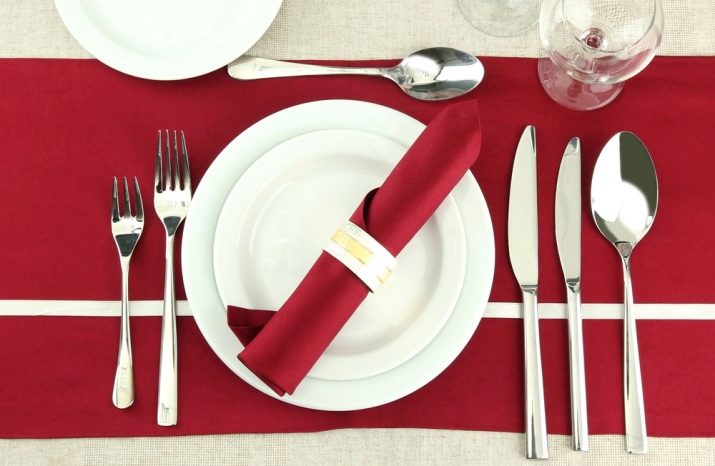
The tablecloth serves as the basis for decorating the table, therefore, its choice should be taken responsibly. It is recommended to use canvases of white or light colors.
According to the rules of serving, the corners of the tablecloth should cover the legs of the furniture, but not be too long, leaving a distance of 25-30 cm to the floor. The canvas is spread in free movements, while it is important to pay attention to the fact that air does not form between the table and the fabric. You cannot pull the corners of the tablecloth, otherwise the canvas will lose its shape and aesthetic appearance.
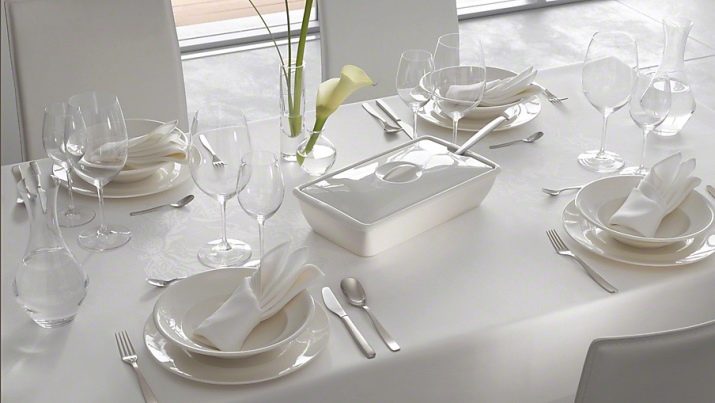
After the tablecloth is in the correct position on the table, you can move on to the next serving stage and start arranging the plates. There are many varieties of cymbals, each with a different purpose. Most often, the main plates are placed on the table, which can be used to serve different types of dishes, as well as additional ones - for salads, bread, pies, oysters, eggs, jam and fruits. The number of plates used depends on whether you are planning a regular dinner or a gala dinner.
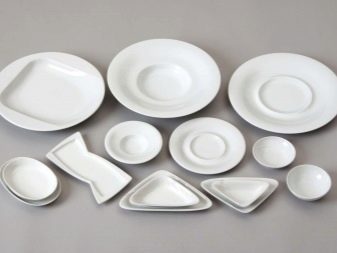
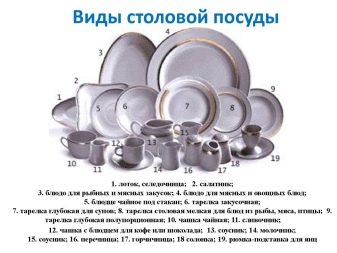
Before a meal, plates are thoroughly washed and wiped dry, preferably to a shine. Place the plates in front of the seat. It is ugly when they lie on the edge of the countertop, so this should be avoided when serving. In the event that the lunch will consist of several dishes, table plates are placed under the snack bars.

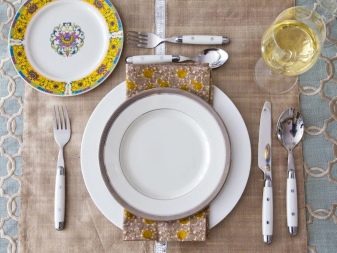
Great attention should also be paid to the placement of cutlery. The forks must be laid out to the left and the knives to the right of the plate. In this case, there must be a tablespoon next to the knife. For a gala dinner, which provides for a rich menu, first place snacks: a fish and table knife, a soup spoon, a fork. The distance between cutlery should not exceed 1 cm.
After the cutlery, they move on to arranging the glasses and wine glasses. They are ranked from largest to smallest, starting with glasses for water, wine, champagne and ending with a glass for juice and glasses for spirits. The finishing touch to the table setting is considered to be napkins, which are a decorative element and lie on your knees.
You cannot wipe your face and hands with tissue napkins; disposable paper napkins are used for these purposes.
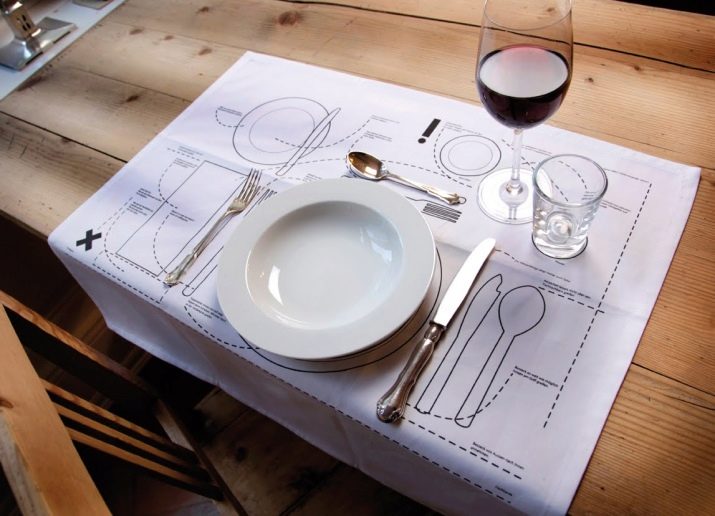
How to behave while eating
The gala dinner or lunch begins with seating. In this case, guests must take the place indicated in the invitation. If this is not the case, you need to wait for the owners of the house and clarify where you can stay. After landing at the table, a napkin is placed on your knees, which you need to unfold and shake.In the event that the table is served with napkins in rings, they are carefully removed and the ring is placed in the upper corner of the cutlery. At the end of the meal, grab a cloth napkin by the center and put it back on the ring.
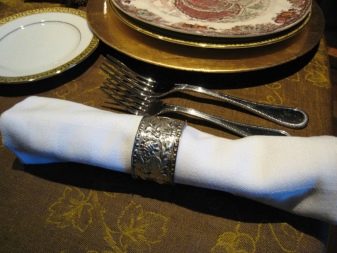

Sitting at the table should be comfortable so that it is convenient to use cutlery. It is strictly forbidden to put your elbows on the table, as this is an example of bad taste. After serving the dishes, you need to wait for all the participants in the meal, and only then can you start eating. Dishes that are located at a distance should be asked to pass, and not be pulled across the table for them.
At the same time, according to the rules of etiquette, each of the guests must make sure that his neighbor has pepper, salt and oil.


It is also important to consider some other points.
- Food is passed only from left to right, so all dishes can only move in this direction. To do this, one participant of the meal holds the dish, and the second fills the plate, or the neighbor simply hands over the dish, and the addressee independently holds the plate and pours the food.
- Dishes that are inconvenient in shape and heavy cannot be kept suspended - they are put on the table before each transfer to another guest.
- It is recommended to transfer dishes with handles and tureens so that the handles are directed towards the neighbor who receives the dish.
In the case when food needs to be picked up with a spoon or fork, the spoon is placed to the right of the plate, and the fork to the left.

You should eat slowly - this will allow you not only to fully enjoy the food, but also to communicate with the owners of the house or guests. During a meal, the mouth should be kept closed, without emitting champing or chattering teeth. If the first courses are too hot, you cannot blow on them - you just need to wait a little until they cool down.
It is worth engaging in conversation only when the food is swallowed. If you need to leave, first you should ask for forgiveness from those present, and only then get up from the table.
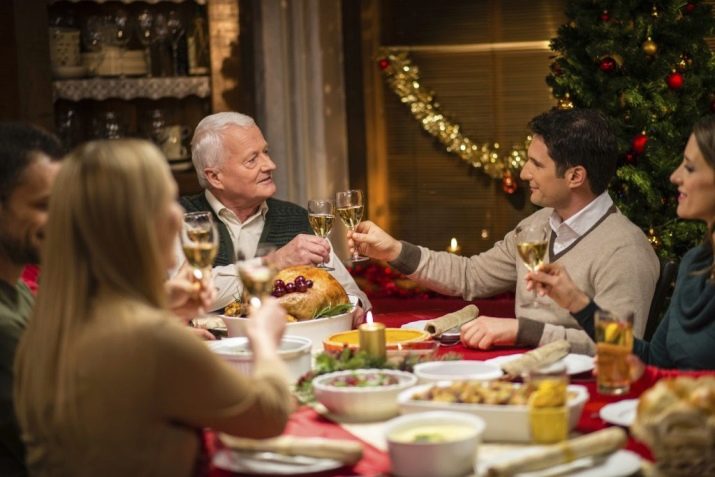
Which devices to take first
To behave properly at a restaurant table, it is important to know how to use the appliances. Typically, all main courses are on the left and drinks are on the right. Therefore, everything that lies to the left of the plates can be safely taken. It is necessary to start a meal with the help of devices that are located closer to the plate, and then apply the next ones as new food is served. It is important to remember that the fork is used with a knife and is always placed on the left. If the fork lies on the right, then this means that the dishes will be eaten without a knife.

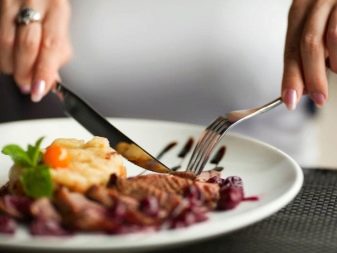
During the meal, you need to know how to properly lay the fork and knife. Typically, two different styles are used for this.
- American... Provides for the placement of a fork in the left hand and a knife in the right. A portion is cut off with a knife, after which it is placed on the upper edge of the plate with the blade inward. Eating a dish with a fork is allowed, holding it in both the left and right hand. For rest, place the fork on the plate with the teeth upwards for 5 o'clock.
- European... The knife is placed strictly in the right hand, and the fork in the left, while shifting the fork from one hand to the other is impossible. In the process of eating, it is important to ensure that the fork is constantly teeth down.
In the event that it becomes necessary to take a short break, the knife and fork are placed on the plate in the "I am resting" position. To do this, the fork lays down with the handle at 7 o'clock, and the knife - at 5 o'clock.
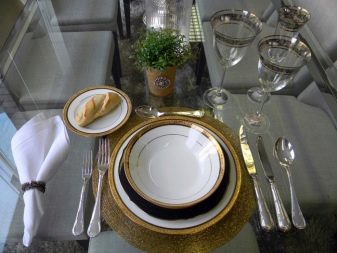
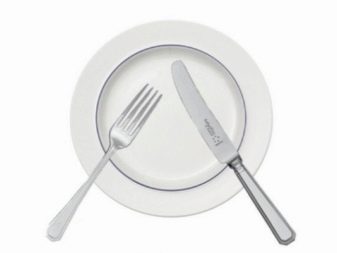
How to properly bring a spoon to your mouth
All first courses are eaten with a tablespoon, so you need to know the rules of etiquette regarding how to bring this cutlery to your mouth. Usually, when serving, soup bowls are placed on the table along with spoons, or the soup is then served with a spoon. You can bring a spoon with food to your mouth both with the side side and with the sharp edge of the device. As for scooping the first course, this is done in two ways: from oneself or from right to left.
The spoon directed towards the mouth should not be overcrowded. To prevent the remaining soup from dripping from it, it is recommended to lightly touch the edge of the plate with the device. If soup is added, the spoon should remain in the plate.
Holding the cutlery in hand is also important. The spoon is placed between the index and thumb, so that the handle rests slightly on the middle finger.

How to hold a glass
Etiquette at the table provides not only for beautiful table setting and good communication manners, but also the rules that must be observed when eating. Holding glasses and wine glasses in the hand is considered an important point. Most often, wine is served at gala dinners; for this purpose, special tulip glasses or stemware are used. Glasses with white and red wine should only be held by the stem and under no circumstances should you wrap your hand around them. They handle champagne in the same way - the vessel filled with it is held with three fingers.
As for cognac glasses, they can be placed in the palm of your hand - this way the drink will warm up to the desired temperature. You can add an amber hue to the cognac by gently shaking the glass. A glass of vodka is taken with three fingers, the drink is not held in the hand for a long time and is quickly drunk.
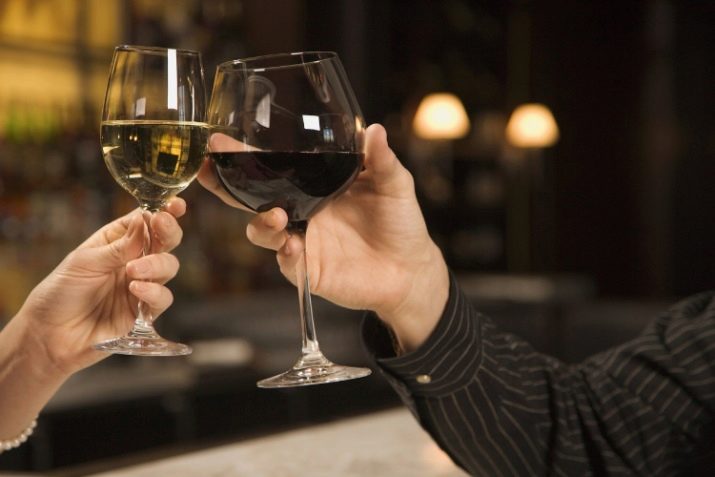
How to put the cutlery when finished eating
After eating, when the meal is over, you must give a sign to the waiter. To do this, a fork with a knife lie on the plate in parallel - so that the prongs of the fork look up and the blade of the knife is to the side. The exact same procedure is performed after the end of the dessert.
After taking the soup, spoons should not remain in a deep bowl; they are placed near the lower cutlery. If you liked the dish very much, you can show it to the waiter with “fork and knife gestures”. In this case, the cutlery lies in the middle of the plate horizontally, the fork is placed with the teeth up, and the blade of the knife should "look" at it.
At the same time, it is ugly to throw dirty napkins into a plate, forming heaps of garbage from them.
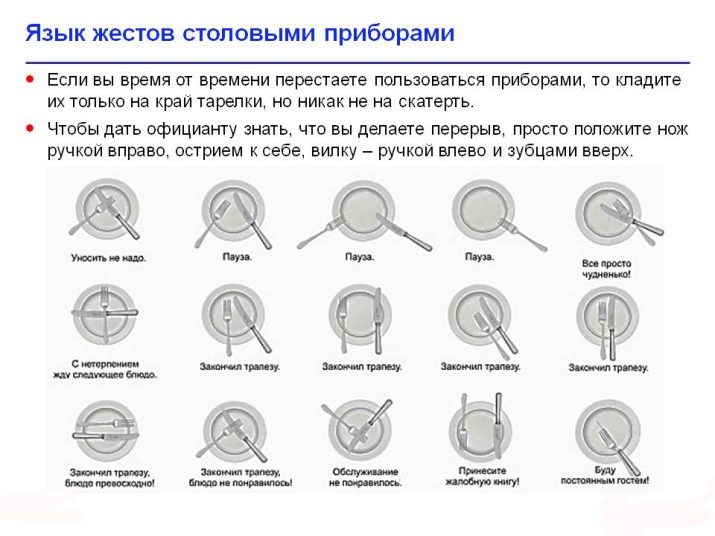
Memo for every day
The rules of etiquette at the table must be observed not only for adults, but also for children, since improper behavior in society will add a negative impression about the whole family. To always be at your best and feel confident at a party, cafe or restaurant, you just need to study simple recommendations and follow them every day. So, etiquette does not tolerate the following shortcomings.
- You cannot refuse certain types of dishes at the table, indicating that they may cause an allergic reaction or are not suitable for the diet. To do this, it is advisable to first warn the host of the event and tell him what to exclude from food.
- Food stuck between the teeth is considered an unpleasant phenomenon, but you should not remove it immediately at the table, even if you have toothpicks. First, the table is left, and only then the removal is performed in the toilet room.
- Some ladies use bright cosmetics, so at special occasions you can face the problem of lipstick marks on the glasses. To eliminate this bad taste, you should remove lipstick from your face with a napkin before dinner. This should be done not at the table, but in the toilet room.
- Many people smoke. Of course, smoking is prohibited in restaurants, but sometimes you can find yourself in establishments where there is a place for smokers. The important point here is that smoking between meals is not good. This is best done at the end of the entire meal, and then only with the permission of those present.
- Placement of diplomats and handbags on the tables is not allowed. The same applies to gloves, hats, gloves and glasses.


At the end of the reception, you should leave a good impression of yourself and politely thank the owners of the house or the organizers of the dinner for the warm welcome, praise the excellent choice of dishes and pleasant communication.

Learn more about table etiquette in the videos below.




